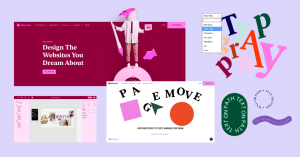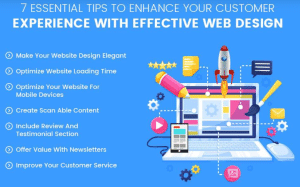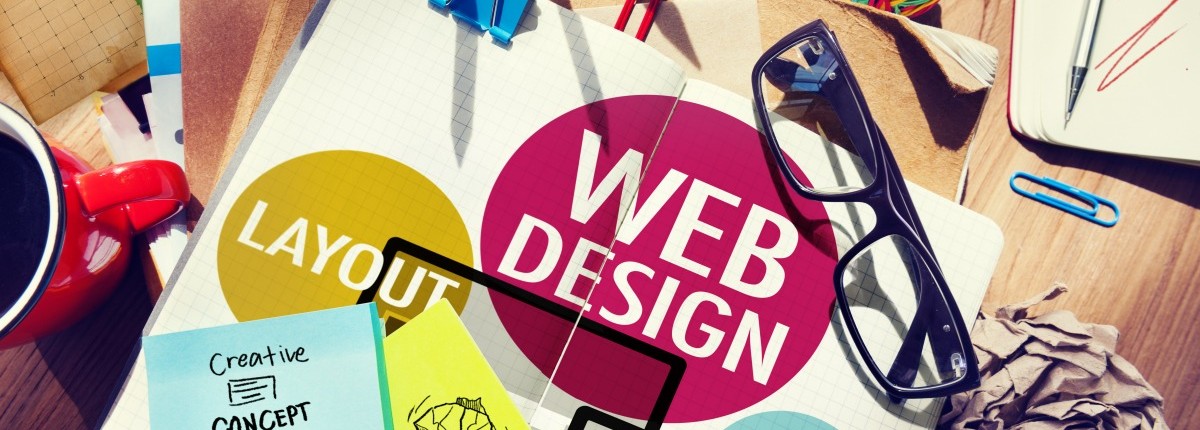In order to create a website that is both visually appealing and effective, it is necessary to make strategic use of a variety of picture types. When you incorporate the appropriate images into your website, you can drastically improve the user experience, increase engagement, and elevate the overall aesthetics of your website. In the following paragraphs, we will discuss the many sorts of images that are vital for your website and should be considered for incorporation. Enhance Your Website with These Essential Image Types

Understanding the Importance of Images in Web Design
For a variety of reasons, images are an essential component in the design of websites. They are able to quickly convey complicated information, have the ability to provoke emotions, and have a powerful visual effect. In addition, carefully selected photos have the potential to enhance search engine optimization (SEO), boost user engagement, and contribute to the overall efficacy of your website.
Impact on User Experience
There is a great potential for high-quality graphics to significantly improve the user experience by making the material more interesting and simpler to comprehend. They do three things: they create visual interest, they break up the content, and they help direct the attention of visitors to critical places of the page. Because of this, the duration of visits may increase, and the bounce rate may decrease.
SEO Benefits
Images that have been optimized contribute to positions higher in search engine results. Increasing the visibility of your website in search engine results can be accomplished by making use of alt tags, captions, and image file names that are relevant. Additionally, photos have the ability to drive traffic from image-based search engines such as Google photos.
Essential Image Types for Your Website
If you want to get the most out of the photographs on your website, it is essential to employ a wide range of different sorts of images. Each type serves a distinct function and has the potential to improve your website in a range of various ways. The following is a list of the most important types of images on your list:
Hero Images
Large, attention-grabbing images that are put at the very top of a homepage are known as “hero images.” As a result of the fact that they are frequently the first visual element that visitors encounter, they are essential for producing a powerful first impression. Hero photos must to be of a good quality, pertinent to the information under consideration, and in harmony with the aesthetics of your business. Photography, illustrations, or even a combination of text and images might be included in these types of documents.
Background Images
Background photos are something that may be used to provide a backdrop for your content that is visually pleasing. They have the ability to give a webpage more depth and texture, thereby improving the overall design without drawing attention away from the primary content. When designing a website, it is essential to select background photos that are understated and which complement the color scheme and design components of the page. Enhance Your Website with These Essential Image Types
Product Images
It is crucial for websites that focus on e-commerce to have product photos. Customers are able to make more educated purchasing decisions when they have access to high-quality, detailed photographs of products. It is possible to provide a full perspective by utilizing many views, zoom functionality, and images that demonstrate the product in operation. This can serve to increase client confidence and ultimately raise sales.
Infographics
When it comes to presenting complicated information in a style that is both visually appealing and simple to understand, infographics are an extremely useful tool. They integrate text, charts, and graphics in order to effectively communicate the facts and insights they have. Infographics have the potential to improve user comprehension, boost engagement, and are extremely shareable, which will drive traffic to your website for your business.
Icons
Small, straightforward graphics that are used to represent actions, features, or content categories are referred to as icons. By making it simpler for site users to locate the information they need, they have the potential to enhance navigation and the overall user experience. In order to reduce visual clutter, icons ought to be unambiguous, uniform in style, and utilized in a limited manner.
Thumbnails
The term “thumbnail” refers to a visually appealing image that can be clicked on to access larger versions or extra content. For the purpose of providing a preview of the material, they are frequently utilized in website galleries, blogs, and e-commerce platforms. In order to encourage people to click on to the content that they link to, thumbnails should be easy to understand and visually representative of the content.
Illustrations
Illustrations that are made to order can lend a one-of-a-kind and personalized quality to your website. They can be utilized to provide an explanation of principles, to convey a story, or to improve the design as a whole. Your website should have illustrations that are consistent with the style and tone of your business. This will give visual interest and personality to your website.
Photographs
It is possible to employ photographs in a variety of different sections of your website because of their versatility. High-quality photographs can make your website more approachable and interesting to visitors in a variety of contexts, including hero images, blog entries, and product pages. You should make sure that the images you use are pertinent, have a high resolution, and are compositionally sound.

Best Practices for Using Images on Your Website
In order to make the most of the advantages that come with utilizing photos on your website, it is essential to adhere to certain best practices. You will be able to optimize photos for performance, accessibility, and general effectiveness with the assistance of these guidelines.
Optimize Image Size and Format
The user experience and search engine optimization of your website can be significantly impacted by the presence of large image files. Utilize image compression techniques to minimize the size of your files without sacrificing the quality of your images. Furthermore, it is important to select the proper image format (JPEG, PNG, or SVG) based on the type of image and the application of the image. Images that require transparency should be saved as PNG, while scalable vector graphics should be saved as SVG. JPEG is the best format for photography.
Use Descriptive Alt Text
Alternative text is utilized by screen readers to provide individuals with visual impairments with a description of images, and it is also utilized by search engines to comprehend the content of the images. Create alternative text that is both descriptive and pertinent for each image, adding keywords wherever they are appropriate. Your website’s search engine optimization (SEO) may also benefit from this enhancement.
Ensure Responsive Design
In light of the fact that people access websites using a wide variety of devices, it is essential to make sure that photos appear correctly on all screen sizes. Employing techniques from responsive design, such as CSS media queries and the srcset element, will allow you to offer images of the proper size to the user, regardless of the device they are using. This guarantees that each and every visitor has an experience that is optimized and consistent.
Maintain Consistent Style
It is important to have a consistent picture style in order to create a website that appears cohesive and professional. Make sure that all of your photographs adhere to the same color palette, style, and tone so that they are in line with your brand identity. This results in a unified visual experience, which makes your website more aesthetically pleasant and easier to navigate compared to other websites.
Leverage Lazy Loading
The process of loading images is called “lazy loading,” and it is a strategy that delays the loading of images until they are required, such as when they reach the viewport. This has the potential to enhance page load speeds as well as overall performance, particularly for websites that contain a lot of images. Utilize lazy loading to improve the user experience while simultaneously reducing the burden on the server. https://diversewebsitedesign.com.au/website-designer/-geelong/
Conclusion
It is possible to substantially improve the visual attractiveness, user experience, and overall efficacy of your website by incorporating a number of vital picture types into it. You will be able to develop a website that is more engaging, accessible, and effective if you have a thorough understanding of the specific advantages that each sort of picture offers and if you adhere to the best practices for using them. If you want to see the good influence that these types of images may have on your website, you should begin using them right away. Enhance Your Website with These Essential Image Types






